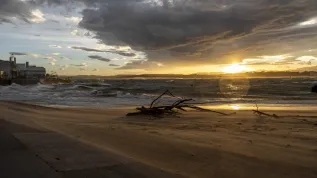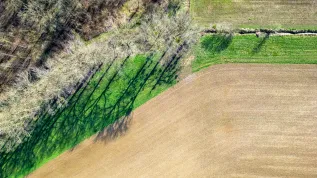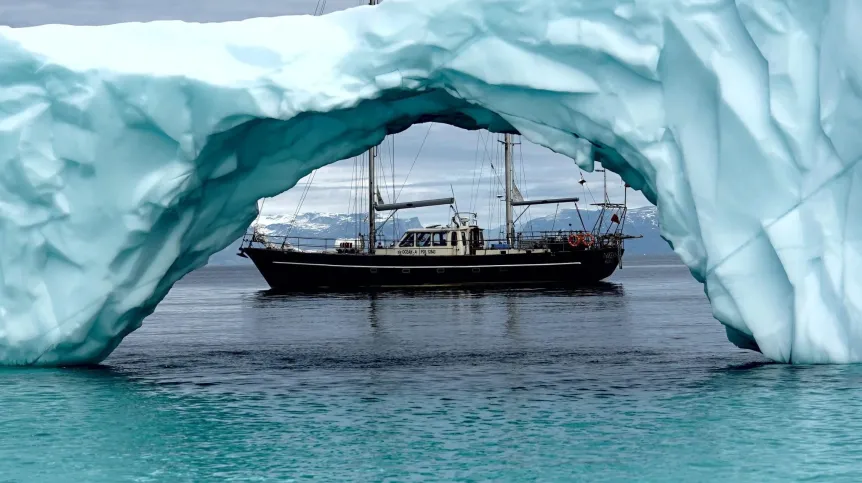
Scientists from the Alfred Jahn Cold Regions Research Centre of the University of Wrocław (UWr) are investigating places with a high risk of future tsunami waves. Scientists plan to prepare recommendations for local communities on how to mitigate the effects of geohazards connected to climate change.
In recent years, Arctic coasts have been increasingly hit by tsunami waves, which intensify the destruction of sea shores and often pose a direct threat to human life. These extreme waves are generated by landslides or rockfalls falling into the sea. 'These are the real Arctic monsters,’ says Dr. Mateusz Strzelecki, leader of the project 'GLAVE - Paraglacial coasts transformed by tsunami waves - past, present and warmer future'. As part of the project, a three-week scientific expedition to the west coast of Greenland ended in the summer.
The scientists documented the effects of large sea waves on Disko Island and landslides on the opposite side of the Vaigat Strait. The aim of the research is, among other things, finding an answer to the question of the role of tsunamis in transforming the landscape of the Arctic coast and how to prepare coastal communities to mitigate their effects.
'These waves can be caused by the calving of glaciers and the rotation of icebergs, whose combined surface and underwater heights sometimes reach several hundred meters. However, the largest of the waves occur as a result of landslides of rock masses on the mountain slopes surrounding the fjords and on their underwater slopes. Their accumulation height sometimes reaches several hundred meters,’ say Dr. Strzelecki, who led the scientific expedition to the west coast of Greenland, and Dr. Marek Kasprzak.
'These landslides are conditioned by the topography of the terrain, the geological structure of the subsoil and tectonic movements, but in a polar environment, the displacement of rock weathering is also facilitated by the increasingly deep thawing of the so-called active layer – the portion of the ground above the permanently frozen subsoil (permafrost),’ the researchers say.
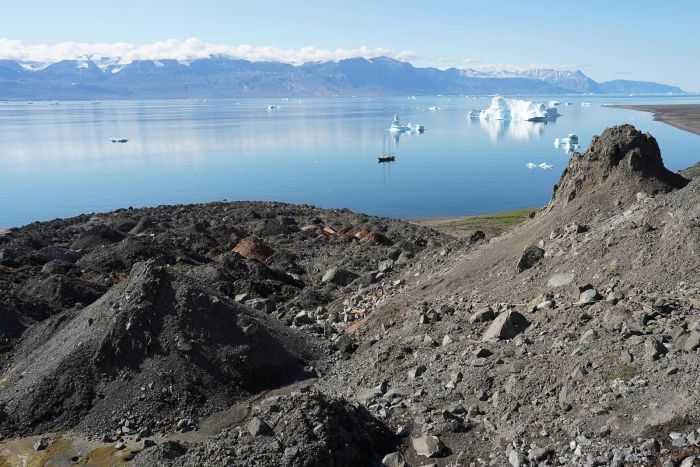
Landslides and tsunamis are among the visible effects of modern climate change. 'With the recession of glaciers, the degradation of permafrost and the reduction of the extent and frequency of sea ice, they are changing the way the environment functions and the landscape of the far North', the researchers emphasise. 'The increasing frequency of extreme events of this type has become a challenge for local communities and the policies of Arctic states,’ Kasprzak and Strzelecki add.
The expected impacts of the research project include the collection of information that will help prepare coastal communities for extreme events.
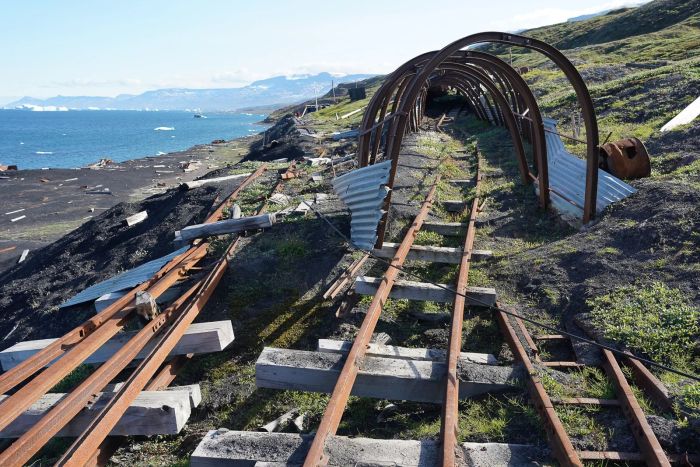
In addition to the project leader Mateusz Strzelecki, the group that stayed for three weeks from July 24, 2023 in Greenland included A. Sobczyk (structural measurements of rocks, reconnaissance of beach sediments with GPR), J. Waroszewski (documentation of soil exposures), H. Marszałek (hydrogeological measurements), J. Kavan (mapping with UAV techniques), M. Szczypińska (remote sensing analyses) and M. Kasprzak (geophysical reconnaissance of the coastal zone).
Their base became the yacht S/Y Ocean A with captain A. Górajk, who is very experienced in polar voyages. According to the university’s press release, 'the research group landed on sections of Disko Island’s coast where tsunamis were not found and on those beaches that were repeatedly affected by them. There was also an opportunity to observe the devastation caused by the 2000 tsunami in the mining town of Qullissat.'
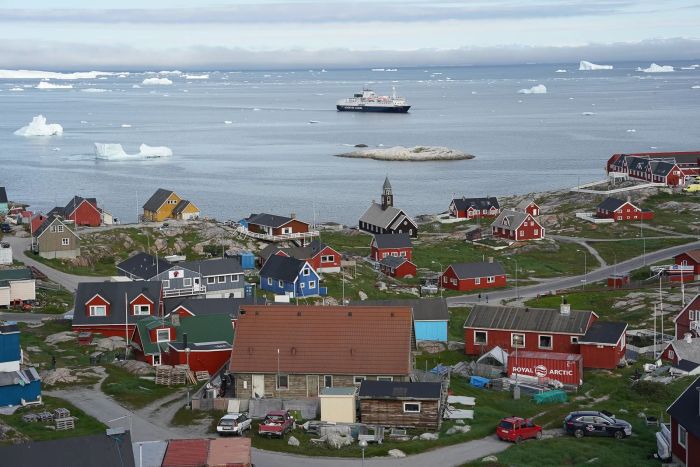
The final stage of the work was mapping the coastlines eroded by waves coming from the calving of the Eqip Sermia glacier.
The 'GLAVE' project, which included the expedition to Greenland, is financed by the Polish National Science Centre. (PAP)
amk/ zan/ kap/
tr. RL

